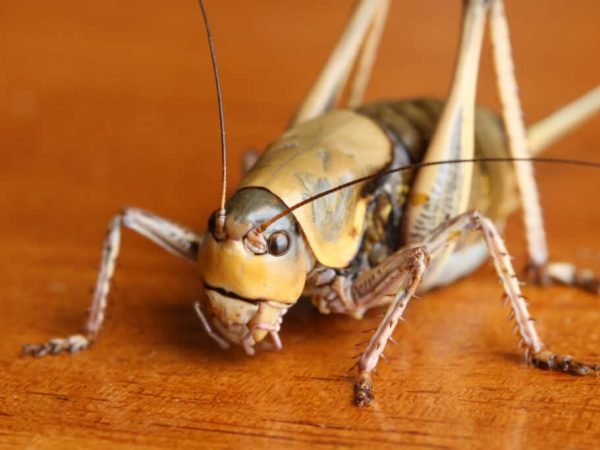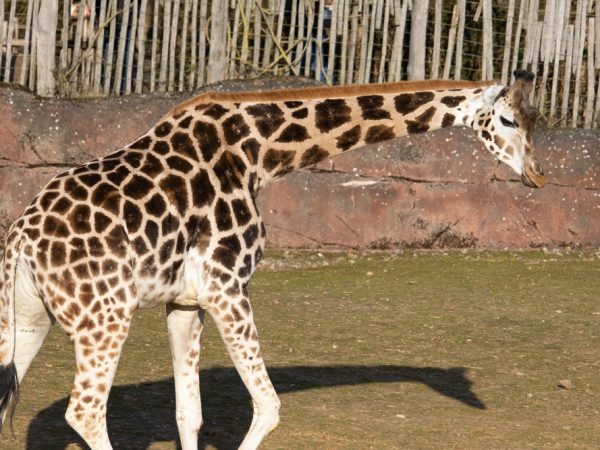The Irish Bear: History, Legends, and Extinction of Ireland’s Native Bears

The story of the Irish bear stretches back thousands of years to a time when Ireland was covered by dense forests and teeming with wildlife. Today, no bears roam the Emerald Isle, yet traces of their existence remain buried beneath the soil and preserved in legend. The Irish bear was not just an animal of the past but a creature that shaped Ireland’s ecological and cultural identity. From prehistoric fossils to ancient myths, the tale of the Irish bear connects Ireland’s natural history with its rich storytelling tradition.
When Bears Roamed Ireland
Long before humans arrived, Ireland’s landscape was home to a variety of large mammals, including wolves, wild boar, elk, and brown bears. Scientists believe bears reached Ireland during the end of the Ice Age, crossing temporary land bridges that connected Ireland to Britain and mainland Europe. As glaciers retreated and forests expanded, the bears thrived in the wooded terrain, feeding on plants, berries, roots, fish, and the occasional animal.
Fossil evidence suggests that bears lived in Ireland for thousands of years. Remains have been discovered in several caves, especially in County Clare and County Waterford, offering a glimpse into their once-flourishing population.
The Species of the Irish Bear
The species that inhabited Ireland was the brown bear (Ursus arctos), one of the most widespread bear species in history. However, genetic studies reveal an intriguing twist — Irish brown bears shared a closer genetic link to modern polar bears than to other brown bears in Europe. This discovery suggests that interbreeding occurred between brown bears and polar bears during overlapping Ice Age periods.
This genetic connection makes the Irish bear an important key to understanding bear evolution. The Irish bear’s DNA has been used to study how climate changes and migration affected the relationship between polar and brown bears.
Fossil Discoveries and Archaeological Evidence
Some of the most remarkable evidence of Ireland’s ancient bears comes from cave excavations. Bear bones have been unearthed at sites such as Aillwee Cave in County Clare and Castlepook Cave in County Cork. These bones date from around 10,000 to 3,000 years ago, indicating that bears survived well into the Neolithic era.
At Aillwee Cave, scientists found bear scratches and signs of hibernation, suggesting the animals used the caves as winter dens. The fossils, along with wear patterns on the bones, reveal that the Irish bear’s diet shifted over time from mostly plant-based to more varied food sources as their environment changed.
The Extinction of Ireland’s Native Bears
The extinction of the Irish bear was not sudden but gradual. Several factors contributed to their disappearance. As Ireland’s human population grew, forests were cleared for agriculture and settlements, drastically reducing the bear’s habitat. Hunting also played a significant role. Early humans viewed bears as threats or hunted them for meat, fur, and bones.
By around 2,500 to 3,000 years ago, the bear population had declined to unsustainable levels. As deforestation spread, there were fewer places to find shelter or hibernate safely. The final remnants of the species vanished, leaving Ireland without its once-mighty predator.
Today, the bear is one of several large mammals — along with wolves and wild boar — that no longer inhabit the island.
The Bear in Irish Mythology and Folklore
Although bears disappeared from Ireland thousands of years ago, they lived on in myth and legend. Celtic mythology often portrayed bears as symbols of strength, protection, and motherhood. In ancient Ireland, the bear was associated with warrior goddesses and protective spirits.
The Celtic goddess Artio, whose name derives from the Gaulish word for bear, was worshiped across Celtic regions, including areas connected by trade and culture to ancient Ireland. Artio represented wildlife, fertility, and the nurturing power of nature — all qualities linked to the bear’s image.
Some Irish myths also reference great beasts that resemble bears, though described in vague or poetic terms. Over centuries, as the real animal disappeared, its image transformed into a creature of imagination, blending with wolves or boar in local tales.
The Symbolism of the Bear in Celtic and Irish Culture
In Celtic culture, the bear stood for courage, leadership, and endurance. Warriors were sometimes described with bear-like qualities, symbolizing bravery in battle. The Irish word “art” is related to the ancient Celtic term for bear and was a common element in names. For instance, the name “Arthur” is believed to derive from “Artos,” meaning “bear.”
This linguistic link shows how deeply the bear’s symbolism was embedded in Celtic identity. Even though the animal itself vanished from Ireland, its symbolic power endured through language, art, and legend.
Scientific Insights from the Irish Bear’s DNA
Modern genetics has uncovered remarkable information from Irish bear fossils. Researchers extracted DNA from bones preserved in caves, revealing that Irish brown bears interbred with polar bears during the last Ice Age. This interbreeding may have happened when melting glaciers forced both species into overlapping habitats along the Irish coast.
The study of these ancient remains helps scientists understand how climate change influences species interaction and survival. It also highlights Ireland’s important role in the evolutionary history of one of the world’s most iconic animals.
Could Bears Ever Return to Ireland?
The idea of reintroducing large predators to Ireland, including bears, has been debated among conservationists. While some argue that rewilding could help restore natural ecosystems, others point out that Ireland’s current landscape is no longer suitable for large carnivores.
Modern Ireland lacks the dense forests and open wilderness areas necessary for bears to thrive. Furthermore, reintroduction would raise concerns about safety and livestock protection. For now, the Irish bear remains a figure of the past rather than a future possibility. However, its story continues to inspire conservation efforts aimed at protecting endangered species and restoring habitats.
The Irish Bear in Modern Memory
Although real bears no longer exist in Ireland, their image remains present in art, literature, and folklore. Tourists visiting places like Aillwee Cave can still see exhibits dedicated to the prehistoric bears that once hibernated there. The animal also appears in local stories told to children, reminding new generations of the island’s ancient natural heritage.
In a symbolic sense, the Irish bear continues to represent endurance and connection to the wild. Artists and writers often use it as a metaphor for Ireland’s lost wilderness and the importance of preserving what remains.
Conclusion
The Irish bear’s story is both tragic and fascinating — a reminder of Ireland’s deep natural history and the delicate balance between humans and the environment. From the Ice Age forests to modern cave discoveries, the bear’s journey through time connects science with legend.
Although extinct for thousands of years, the Irish bear has never truly disappeared. It survives in the echoes of mythology, in the roots of ancient names, and in the soil that still holds its bones. The story of the Irish bear teaches us that every extinct species leaves behind a lesson about the importance of coexistence, respect for nature, and the legacy of life that once thrived on the island.
FAQs
1. Did bears really live in Ireland?
Yes, fossil evidence confirms that brown bears lived in Ireland thousands of years ago. Their remains have been discovered in several caves across the country.
2. What caused the extinction of the Irish bear?
The extinction resulted from a combination of habitat loss due to deforestation, hunting by early humans, and changing climate conditions that reduced food sources.
3. How are Irish bears related to polar bears?
DNA analysis of fossilized Irish bear bones shows that they interbred with polar bears during the Ice Age, making them an important evolutionary link between the two species.
4. Were bears part of Irish mythology?
Yes, bears appeared symbolically in Celtic and Irish mythology, representing strength, protection, and connection to the natural world. The goddess Artio and the linguistic root “art” reflect this influence.
5. Could bears ever return to Ireland?
While the idea of rewilding has been discussed, Ireland’s modern environment lacks the space and forest cover needed for bears to survive. Their return is unlikely, but they remain part of Ireland’s cultural and scientific heritage.
Also read: Salt Water Taffy Nutrition Facts: Calories, Sugar, and Ingredients Explained











